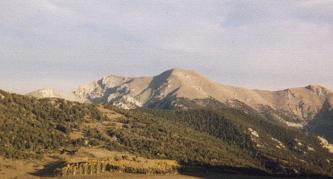
|
Nevada Ultra Prominences September 2007 Trip Report © September 2007 Adam Helman |

|
|
Mount Moriah is the central peak. |
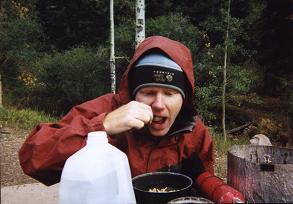
|
|
Edward enjoying chicken noodle soup the afternoon before North Schell Peak. |
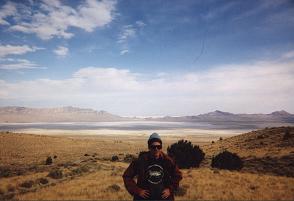
|
|
View southeast to Utah salt flats from our camp beneath Pilot Peak; Edward in foreground. |
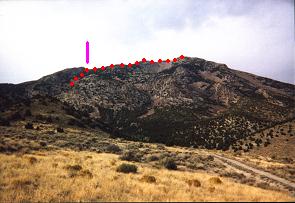
|
|
The upper route for Pilot Peak. Gain the skyline ridge at the violet line. The mountain is FAR larger than it appears. |
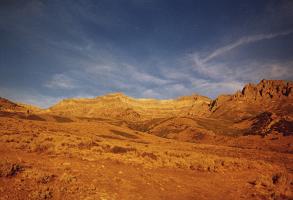
|
|
Hole-in-the-Mountain Peak at sunrise. |
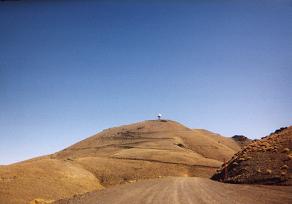
|
|
The final few miles of the approach road zigzags to the summit of Mount Lewis Note the large radome. |
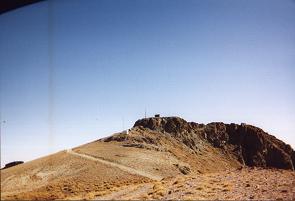
|
|
The true summit of Mount Lewis seen from the saddle connecting it with the radome's false summit. |
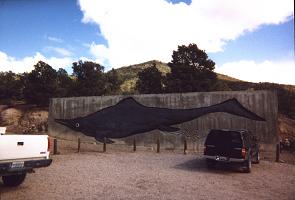
|
|
Life-size rendering of an ichthyosaur dwarfs my truck. |
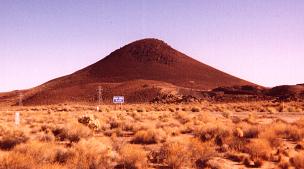
|
|
Red Hill along US Highway 395 viewed from the southwest. Tall electricity towers provide scale. |